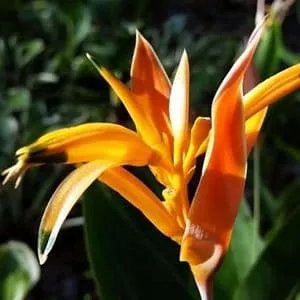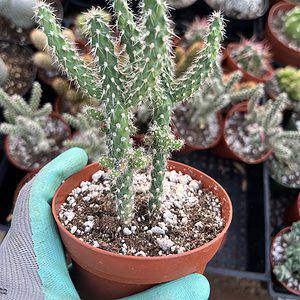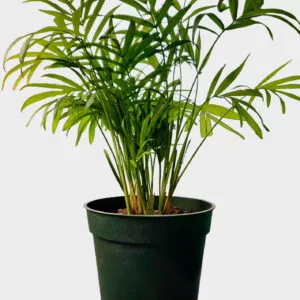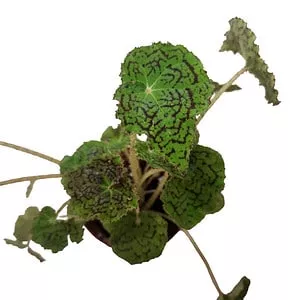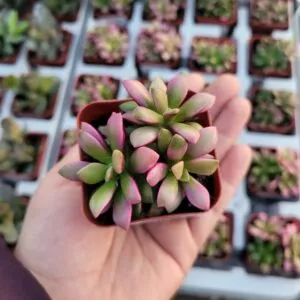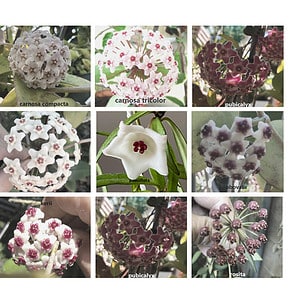No products in the cart.
Table of Contents
The Manjula Pothos, scientifically known as Epipremnum aureum ‘Manjula,’ is a popular and visually striking houseplant that has gained widespread attention among plant enthusiasts.
With its unique variegated heart-shaped leaves shades of green, cream, and silver, the Manjula Pothos adds a touch of elegance and beauty to any indoor space.
This article provides a comprehensive guide to caring for the Manjula Pothos plant, providing valuable insights and instructions on cultivating and maintaining its health and vibrancy.
More About the Manjula Pothos Plants
The manjula pothos plant is a beautiful house plant to care for and goes by the fancy botanical name Epipremnum areum Manjula. Another common name is jewel pothos. The plant has large variegated leaves with green and splashes of white to brighten up any place.
The manjula pothos has a more complex name, HANSOTI14, named after the creator. So, hence the reason that the manjula pothos has a patent from Epipremnum varieties that originate from India. Unfortunately, many plant growers incorrectly identify the happy leaf pothos as a Floridian the University of Florida created.
Instead, Hansoti made the new kid through naturally occurring branch mutations that took several years. The pothos manjula is a tropical plant with an evergreen nature and vibrant colors year-round.
Manjula Pothos Care Guide
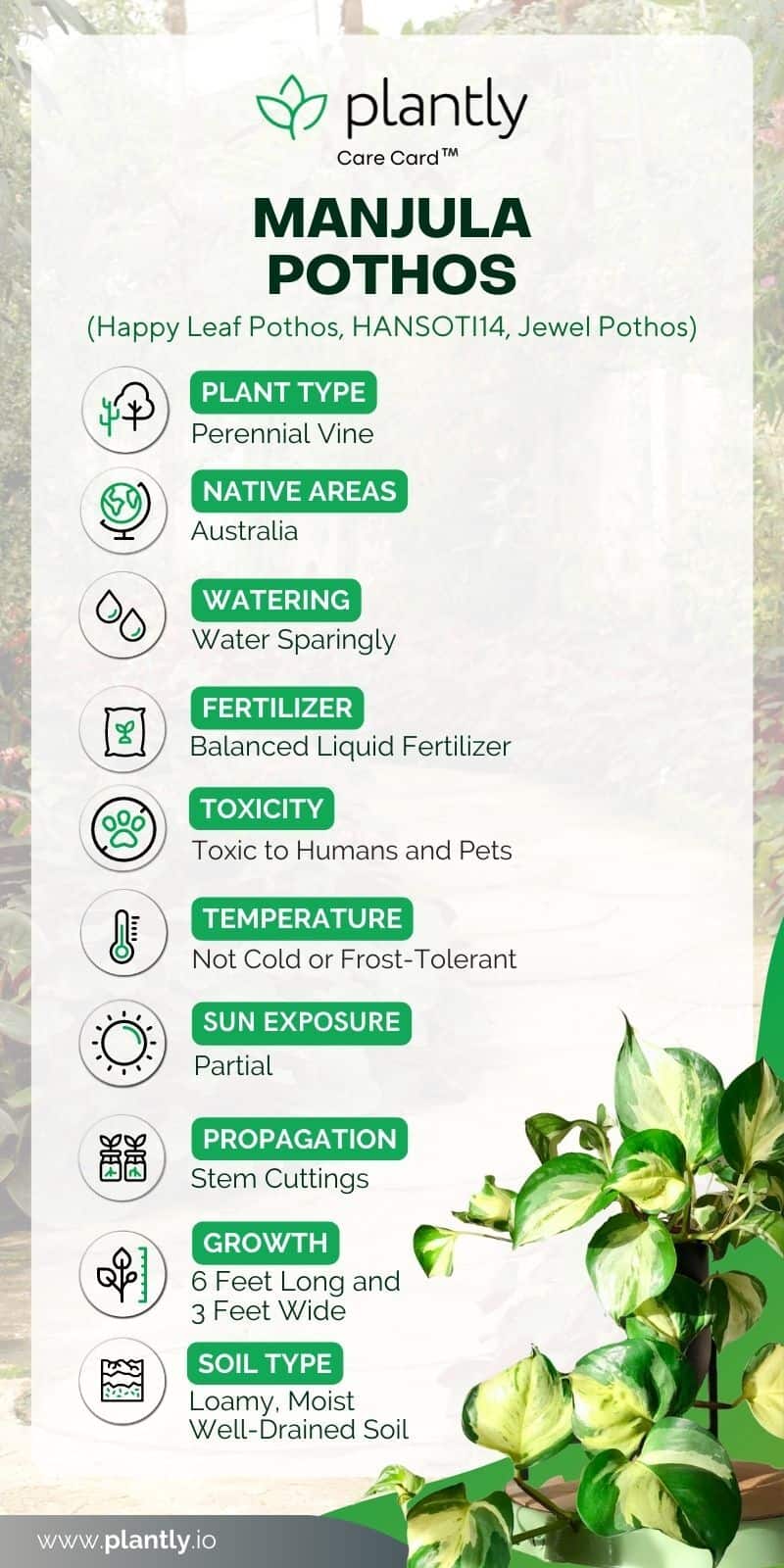
The Epipremnum aureum is a slow-growing variety with a trailing habit, making it ideal for a small space in a hanging basket.
Still, the variegated Pothos have little chlorophyll in the leaves. Therefore, it does need more direct sunlight, but the care for manjula pothos is similar to that of the other species.
So, let’s start caring for your Manjula pothos so that they will keep you mesmerized all the time. Another note: the Epipremnum aureum manjula is breathtaking in a terrarium.
Lighting Conditions
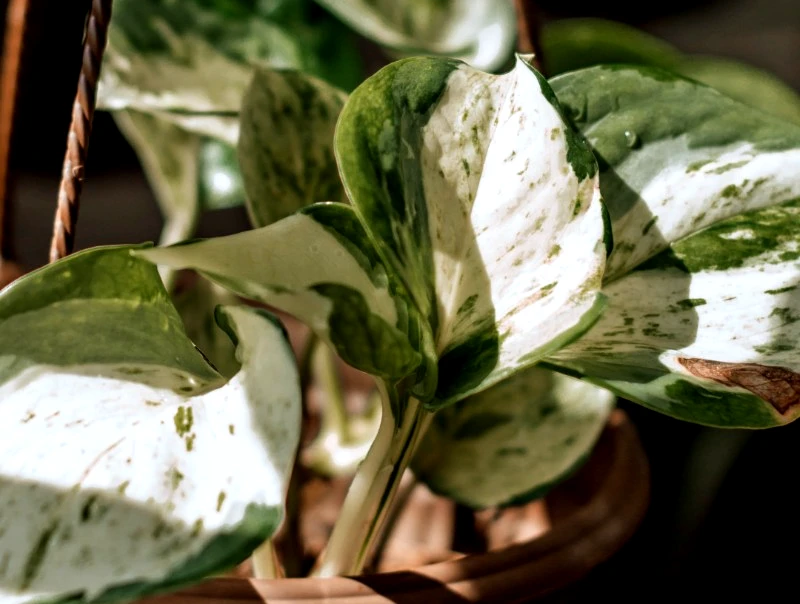
Proper lighting is essential for Manjula Pothos to maintain its variegated foliage. These plants thrive in bright, indirect sunlight. Avoid direct sun exposure, as it can scorch the leaves. If your plant receives insufficient light, it may lose its variegation, so consider using artificial grow lights if needed.
Manjula Pothos Grows in Well-Draining Soil
Your manjula pothos can thrive in regular houseplant soil bought from the local garden center. Another helpful tip when receiving your manjula pothos in a pot is to check if the container is large enough or needs a new pot.
If your tropical plant needs a new potting medium, provide one with drainage holes. Your plant does not enjoy wet feet, and the roots will rot. Avoiding root rot means not watering your plant until the soil is dry.
So, provide your Pothos with a loamy, well-draining potting mix, and add some perlite if you choose a standard indoor potting soil. Alternatively, you can add orchid bark to the soil. Also, provide enough light for those gorgeous variegated green leaves to stand out.
-
Free Shipping$21.99Sold By: Gar-Zen Botanical Design
In stock (can be backordered)
Heliconia Psittacorum Parrot Heads Ship Free.
Only 3 available and it’s in 1 people’s basketRated 4.86 out of 5 based on 49 customer ratings00Sold By: Gar-Zen Botanical Design -
$10.99Sold By: Cacti and Exotica
In stock
Cylindropuntia Imbricata—Cholla Cactus
Rated 4.98 out of 5 based on 59 customer ratings01Sold By: Cacti and Exotica -
$12.00Sold By: PotHedz Plants
In stock
Parlor Palm
Only 2 available and it’s in 1 people’s basketRated 4.96 out of 5 based on 106 customer ratings00Sold By: PotHedz Plants -
$19.99Sold By: Helios Plants
In stock
Haworthia Reinwardtii (in Portuguese tile vase)
Rated 4.73 out of 5 based on 120 customer ratings00Sold By: Helios Plants
Watering Schedule
Watering your pothos plants is critical to its care as it is not drought tolerant. Proper watering practices will help keep your plant healthy and vibrant. Before watering, always check the moisture level of the soil. Stick your finger into the soil about an inch deep. If you feel dry soil at that depth, it’s time to water.
When it’s time to water, do so thoroughly. Ensure that water seeps through the drainage hole to avoid root rot. This helps flush out excess salts and ensures even moisture distribution throughout the root system. Your flowering plant is susceptible to root rot if overwatered.
Too much water can lead to waterlogged soil, which deprives the roots of oxygen. To prevent this, ensure the pot has good drainage, and never let your plant sit in a saucer filled with standing water. The frequency of watering can vary depending on environmental conditions.
Always rely on the soil’s moisture level as your primary indicator. In the growing season (spring through early autumn), you may need to water more frequently as the plant is actively growing. During the dormant period (late autumn and winter), reduce the watering frequency because the plant’s growth slows down.
Compared to other plants, use water at room temperature or slightly warm. Avoid extremely cold or hot water, as it can shock the roots.
Fertilizing Manjula Pothos Plant
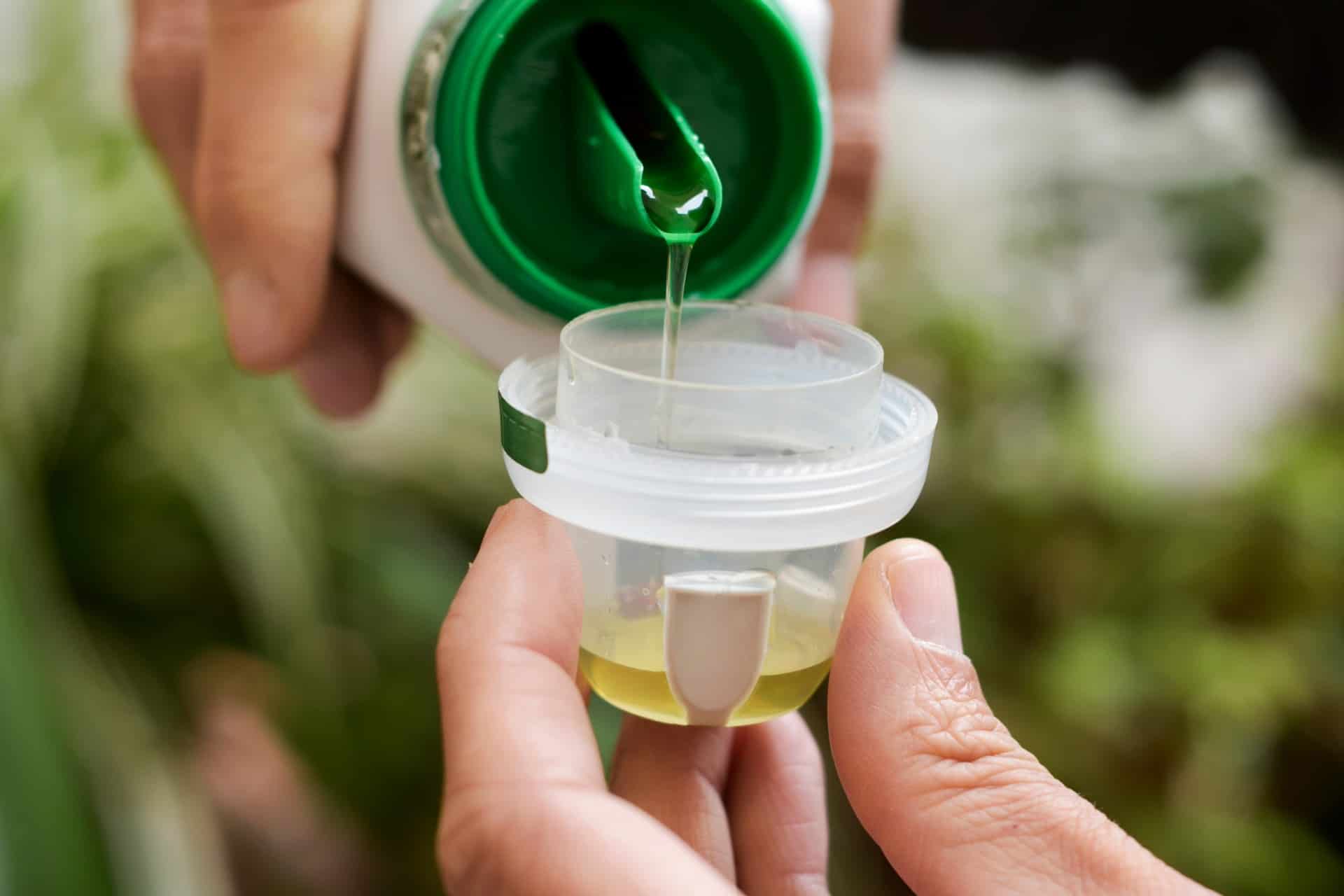
Luckily, your plant does not need regular fertilizer for manjula pothos care and feeding. But it does help during spring and summer, which is the growing season for healthy growth. We recommend a balanced liquid fertilizer once a month.
Temperature and Humidity
Epipremnum manjula thrives in warm and moderate temperatures. Aim to keep the temperatures at approximately 65°F to 85°F (18 °C to 29 °C).
Avoid exposing your plant to extreme temperatures, such as drafts from open windows or doors during the winter or direct exposure to heating or cooling vents. Sudden changes can stress the plant. Manjula Pothos is not frost-tolerant.
If you place it outdoors during the warmer months, bring it inside well before the first frost in the fall. Manjula Pothos appreciates higher humidity levels, similar to many tropical plants. Aim to maintain a humidity level between 40% and 60% for your plant.
Suppose indoor air is dry, especially in winter when indoor heating can lower humidity levels. In that case, you can increase humidity using a humidity tray, misting the leaves, or grouping them with other plants.
Pruning and Manjula Pothos
The pothos plant in your living space thrives in high humidity, and too much sun is not good. It loves a bit of low-light conditions but not too much and will need regular pruning of dense foliage. Before you begin pruning, closely inspect your Manjula Pothos to identify the areas that need attention. Look for the following:
Leggy or elongated vines: These stems have grown excessively long and may be causing the plant to look untidy.
Yellowing or damaged leaves: Identify any yellow or brown leaves that need removal.
If some areas of the plant are densely packed with leaves, it’s a good idea to thin them out for better airflow and direct light penetration.
Decide where you want to make your cuts. For leggy vines, locate a node. Nodes are small bumps on the stem where leaves and branches emerge. Make your cuts just above a node. Cut them off where they connect to the stem for damaged or discolored leaves.
Begin pruning by cutting the selected vines just above a node. Use clean, sharp scissors or pruning shears to make clean cuts. Avoid tearing or crushing the stems, as this can damage the plant. If you find yellowing, brown, or damaged leaves, cut them off at their base.
Cut as close to the main stem as possible. To encourage bushier growth, pinch the tips of the stems just above a node. This signals the plant to generate new growth from the node, resulting in a denser appearance.
Repotting Pothos Plants
Repotting your happy leaf is necessary when the plant outgrows its current pot, becomes root-bound, or if the soil is depleted and no longer provides essential nutrients. Here’s a step-by-step guide on how to repot your mature plants:
Steps for Repotting:
The best time to repot your Manjula Pothos is in the early spring. This gives the plant a fresh start and ample time to establish itself in its new container.
Select a new planter, just one size larger than the current one. Ensure that the new one has drainage to prevent waterlogging.
Fill the new pot with potting mix, leaving ample space at the top for the root mass of your Pothos.
Before removing the Manjula from its current pot, water it thoroughly. This will help the roots hold together when you remove it.
Tap the plant’s pot on its side to loosen the roots. Carefully slide the Manjula out of the pot. If it’s stubborn, you can gently squeeze the sides of the pot or use a clean tool to help loosen the roots.
Once the plant is out, examine the root system. If the roots are severely overcrowded or circling, consider pruning the roots. Use clean, sharp scissors or pruning shears to trim the outer layer of roots. This encourages new root growth and prevents it from becoming root-bound.
Position your Manjula in the center of the new receptacle at the same soil level as in the old pot. Add more potting mix around the sides to fill the space between the root ball and the pot. Gently press the soil down to secure it.
After repotting, give your Manjula Pothos a good drink of water. This helps settle the soil and removes air pockets around the roots.
Monitor your plant’s watering needs closely over the next few weeks. Newly repotted plants may require slightly less water until established in their new receptacle.
Pothos Propagation

Luckily, your Manjula pothos grows in different environments, and the plant survives occasional under-watering compared to overwatering. But there is a way to ensure you always have new plants available to share with other plant lovers through propagation.
The happy leaf is not too tricky to propagate, so you can easily take a stem cutting to grow new plants.
Choose a part of the stem where you see aerial roots growing for the best results when using stem cuttings.
Snip the stem below the aerial root and place the cuttings in a test tube or glass of water.
Once you notice new roots sprouting, that can take a few weeks and leave it longer for the roots to develop.
Then, move your seedlings to a ready-and-waiting pot with fresh soil.
Keep the soil moist until your manjula pothos establishes itself, and cut back on watering.
Place your sapling in a warm place but not in direct sunlight to prevent the leaves from burning. So, find a spot with natural light.
Another way to propagate your manjula pothos is splitting when repotting your house plants. You can separate the roots and place them into separate containers.
The best is to provide them with the same root ball and stem amounts when using the division methods.
Pothos Varieties
When you look at the manjula pothos, they go by different names like pearls and jade or marble queen pothos. But it even differs from these plants to the golden Pothos with similar care.
Pearls and Jade Pothos
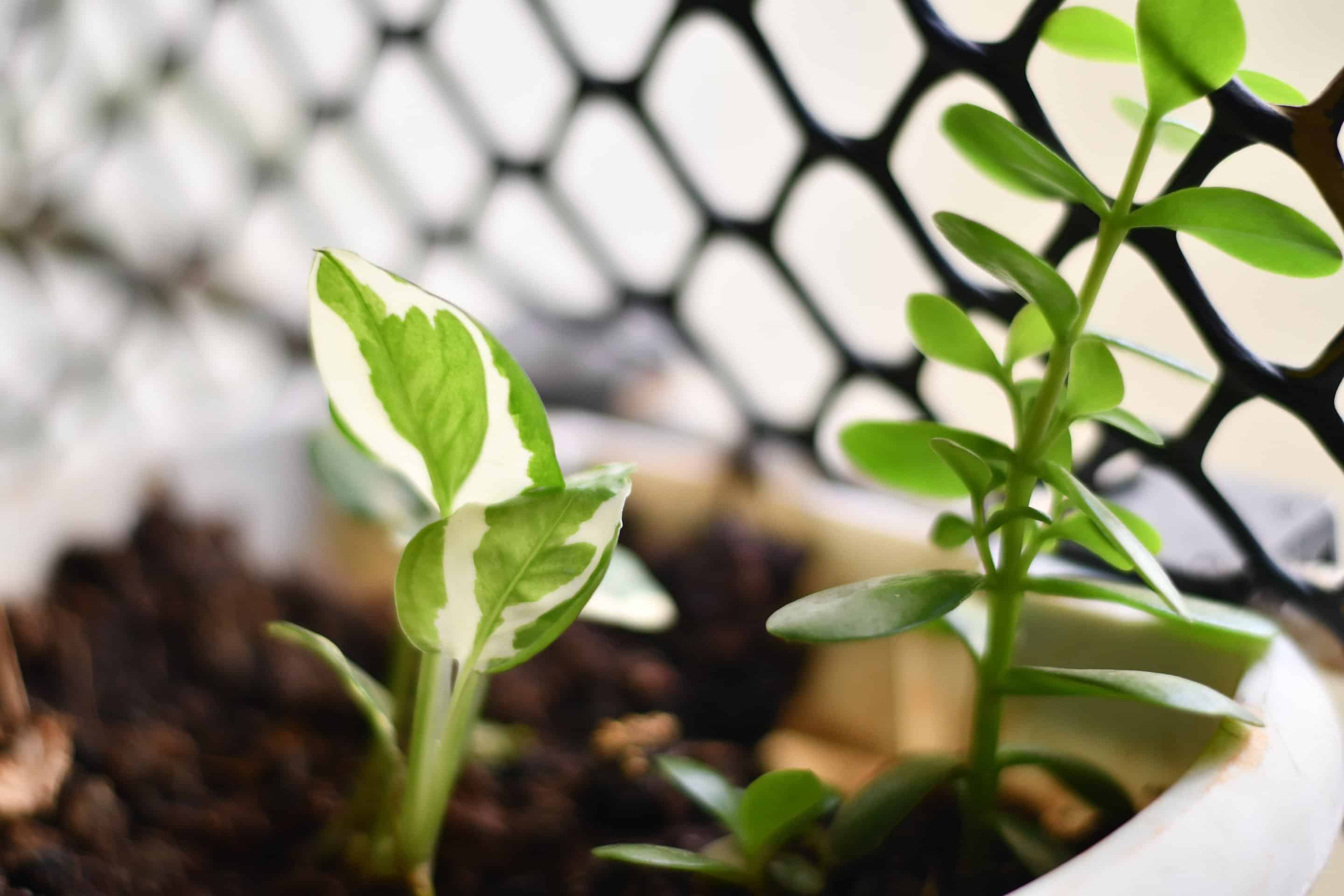
The pearls and jade pothos look similar to the manjula pothos, and plant lovers easily confuse the two. Both pothos varieties have green with white leaf spots on them. But the pearls and jade grow slower and have smaller leaves, while the manjula pothos have heart-shaped wavy leaves.
Both of them have varied leaves and do not enjoy too much sun.
Marble Queen Pothos

As you can see, you can easily confuse the pothos manjula with the marble queen pothos. The marble queen has a similar green with white/ivory leaves but is less splotchy with a more splash look. The marble queen leaves are more significant, narrow, and lay flattened.
Manjula Pothos Plant Pests and Diseases
Regarding common houseplant pests, your manjula pothos can become the home to mealy bugs and spider mites. If your plant suffers from mealybugs, it results from warm to humid conditions in the summer months.
So, watch for cotton wool bits, as these pests love to munch on house plants. You can banish these common pests with insecticidal soap sprayed over the plant.
Or you can spray the leaves with neem oil. Alternatively, you can use a Q-tip and rubbing alcohol to dab each bug.
Another concern is fungal diseases like leaf spots that result from too much water, leading to root rot. Your plant leaves will start to turn brown on the leaf edges and wither. We recommend checking the roots to see if it is brown and mushy.
You can then remove the rotting roots and plant them in a fresh potting mix to save as much as possible. Also, ensure that your plant has adequate drainage and try to prevent overwatering your plant.
Frequently Asked Questions
Manjula Pothos is a variety of Pothos known for its unique variegated leaves, featuring a combination of white, silver, and green hues. It is distinct from other Pothos varieties in leaf coloration, like Golden Pothos or Marble Queen Pothos.
While Manjula Pothos prefers bright light, it can tolerate lower light conditions. Yet, in low light, the plant’s leaves variegation may diminish and grow more slowly. So, provide your pothos plant with bright, indirect light.
Yes, Manjula Pothos is toxic to pets if ingested. It contains calcium oxalate crystals, which can cause mouth and digestive irritation in cats, dogs, and other animals. Keep it out of reach of pets.
Manjula Pothos is considered a relatively fast-growing cultivar, especially in ideal conditions. You can expect several feet of new growth each year, but the growth rate can vary depending on factors like light and care.
Brown or yellow leaves indicate over-watering, underwatering, low humidity, or insufficient light. Examine your care routine and adjust accordingly to address the problem.
Repot your Manjula Pothos when it becomes root-bound, outgrows its pot, or the soil becomes depleted. Spring is the best time for repotting, providing a fresh start.
Whether you want to buy, sell, or simply reach out to other plant enthusiasts, Plantly is the right place to be!
-
$12.00Sold By: PotHedz Plants
In stock
Begonia Decko Checks
Rated 4.96 out of 5 based on 106 customer ratings00Sold By: PotHedz Plants -
$4.99Sold By: Plants by Stinky Boo
In stock
Anacampseros ‘Sunrise’ Succulent
Rated 5.00 out of 5 based on 2 customer ratings00Sold By: Plants by Stinky Boo -
Free Shipping$22.99Sold By: Gar-Zen Botanical Design
In stock (can be backordered)
Petra Croton Ships Free
Rated 4.86 out of 5 based on 49 customer ratings02Sold By: Gar-Zen Botanical Design -
$14.00 – $18.00Sold By: Beauties & Beasts
Hoya House Plant various species
Rated 4.83 out of 5 based on 24 customer ratings00Sold By: Beauties & Beasts
